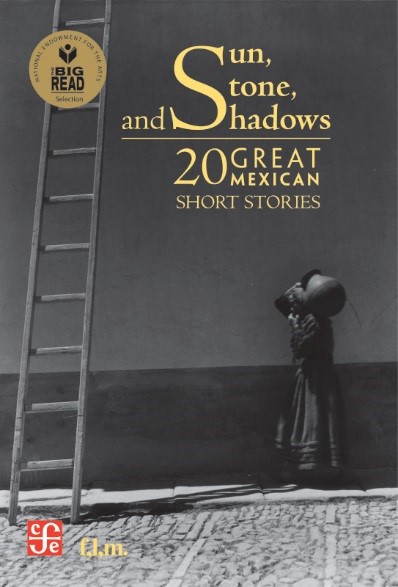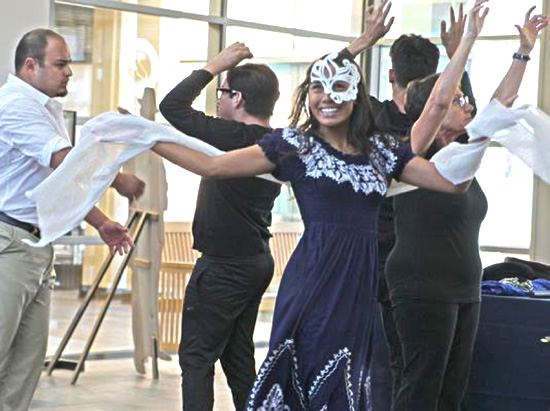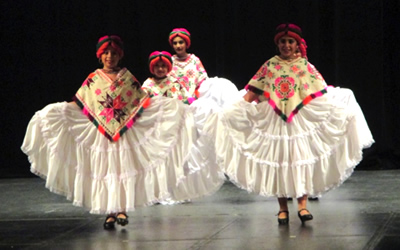Sun, Stone, and Shadows

Overview
The authors of this anthology’s 20 absorbing, accessible stories represent some of the most distinguished Mexican writers published during the first half of the 20th century, including Carlos Fuentes, Juan Rolfo, Rosario Castellanos, and Nobel-prize winner Octavio Paz. Translated from Spanish into English, the stories present a varied landscape of Mexico’s regions, climates, and cultures: from the flat deserts to the palm trees swaying along sun-beaten coasts; from the old bells of pueblos in the hills at dawn to temple huts roofed with palm leaves in jungle clearings; from mountains on the outskirts of Mexico City to the marble-topped tables and magazine stands in city plazas. Some stories are realistic, portraying danger, uncertainty, fear, pain, yearning, or resentment through the eyes of colonels and cavalrymen, dinner guests and office workers. Others are magical, told from the perspectives of a ghost, a stone statue, or an ocean wave that behaves like a woman in love. Historical context for the stories is provided in an introduction by Jorge F. Hernandez, the anthology’s editor.
"The temples and gods of pre-Columbian Mexico are a pile of ruins, but the spirit that breathed life into that world has not disappeared… Being a Mexican writer means listening to the voice of that present, that presence." —from Sun, Stone, and Shadows
Overview
The authors of this anthology’s 20 absorbing, accessible stories represent some of the most distinguished Mexican writers published during the first half of the 20th century, including Carlos Fuentes, Juan Rolfo, Rosario Castellanos, and Nobel-prize winner Octavio Paz. Translated from Spanish into English, the stories present a varied landscape of Mexico’s regions, climates, and cultures: from the flat deserts to the palm trees swaying along sun-beaten coasts; from the old bells of pueblos in the hills at dawn to temple huts roofed with palm leaves in jungle clearings; from mountains on the outskirts of Mexico City to the marble-topped tables and magazine stands in city plazas. Some stories are realistic, portraying danger, uncertainty, fear, pain, yearning, or resentment through the eyes of colonels and cavalrymen, dinner guests and office workers. Others are magical, told from the perspectives of a ghost, a stone statue, or an ocean wave that behaves like a woman in love. Historical context for the stories is provided in an introduction by Jorge F. Hernandez, the anthology’s editor.
This title is no longer available for programming after the 2017-18 grant year.
Introduction to the Book
Mexico is a country filled with stories, some true, others pure fiction. Those united in Sun, Stone, and Shadows: 20 Great Mexican Short Stories represent a sample of the best Mexican fiction published during the first half of the twentieth century, featuring some of the most important writers of Hispanic-American literature. Those included in these pages compose a literary geography: their birthplaces span nearly all of contemporary Mexico's regions, climates, and cultural zones. The historical perspective, too, is far from narrow, with authors born as early as the final decades of the nineteenth century during the long dictatorship of Porfirio Díaz. Hearing these voices is vital to understanding those to follow.
Once the first shots of the Mexican Revolution were fired, a renewed creative spirit took hold of Mexico's writers and other artists. Such painters as Diego Rivera and David Alfaro Siqueiros covered buildings with murals, recognizing the wealth of Mexico's past and all that had been disdained by the previous dictatorship. Writers inherited a culture with deep traditional roots, yet saw their works cross artistic borders. Creative minds drew on a cruel irony: while the revolutionary government of Mexico oversaw the consolidation of a modern nation, many politicians continued sowing the seeds of corruption and abuse.
Writers such as Alfonso Reyes and Martín Luis Guzmán suffered firsthand the bloody revolutionary days, but later saw their works widely translated and appreciated. Those in the next generation, such as Octavio Paz or Juan Rulfo, were born to survivors of the Revolution. The next generation included Carlos Fuentes and José Emilio Pacheco, who wrote and lived through Mexico's opening up toward the modern world, braved the fears of the Cold War, and bore witness to the tragic massacre of 1968.
The stories collected in Sun, Stone, and Shadows are gathered into thematic areas, from an exploration of "The Fantastic Unreal," through images of a tangible Mexico, and concluding with an examination of the "Intimate Imagination." Though strong individually, taken together these works offer a glimpse of Mexico's varied faces, its flavors and colors, the echoing screams or bygone murmurs that define an infinitely diverse and complex nation.
"The temples and gods of pre-Columbian Mexico are a pile of ruins, but the spirit that breathed life into that world has not disappeared; it speaks to us in the hermetic language of myth, legend, forms of social coexistence, popular art, customs. Being a Mexican writer means listening to the voice of that present, that presence."
— Octavio Paz, from his 1990 Nobel Prize acceptance lecture
- How would you characterize the relationship between the United States and Mexico as seen through the stories in the anthology? Choose two stories and discuss them.
- Identify common themes of the stories in Sun, Stone, and Shadows. Discuss three you feel are most important to understanding Mexican culture, history, or religion.
- Examine the role of violence as a catalyst of change in both Martín Luis Guzmán's and José Revueltas's stories.
- Choose two stories that describe Mexico's landscape. How might this setting suggest universal themes?
- How might the bureaucratic satire in Juan José Arreola's "The Switchman" relate to the modern world?
- What is the attitude toward capital punishment in Juan Rulfo's "Tell Them Not to Kill Me!"?
- Although Octavio Paz's "My Life with the Wave" is a fantastical story, does the plot resemble other stories you have read? How does the story describe a conventional love affair, and how does the wave act in ways a real woman might?
- In Carlos Fuentes's "Chac-Mool," how do you interpret the anger and aggressiveness of the statue as it comes to life?
- In what ways are feminine stereotypes challenged in Rosario Castellanos's story "Cooking Lesson"?
- In what ways are the portrayals of indigenous people similar in the stories by Elena Garro and Inés Arredondo? How are they different?
- How does the narrator's point of view contribute to an eerie atmosphere in Francisco Tario's "The Night of Margaret Rose"? How would the story change if it were told from a different perspective?
- Choose your favorite story from Sun, Stone, and Shadows. Which aspects of it seem particular to Mexico, and which remind you of the United States? What might these similarities or differences suggest about the two countries?
Big Read Participants Debut a Theatrical Performance of “My Life with the Wave” by Octavio Paz in Salinas, California

|
– from a final report by the National Steinbeck Center, an NEA Big Read grant recipient in FY 2016-17.
Sun, Stone, and Shadows Inspires Intergenerational Dancing in Galesburg, Illinois
"In past Big Reads, Galesburg Public Library didn’t see a lot of attendance from members of the Hispanic-Latino community in Galesburg. This year, we saw many more attendees from the Hispanic-Latino community because of the Mexican-culture theme of the programs, assistance from HLRG (Hispanic Latino Resource Group), and advertising in Spanish. Also, this year we saw a lot of intergenerational attendance at events. It was inspiring to see 5-year-olds all the way up to 80-year-olds learning to dance salsa together!"

|
– from a report by the Galesburg Public Library, an NEA Big Read grant recipient in FY 2015-2016.

